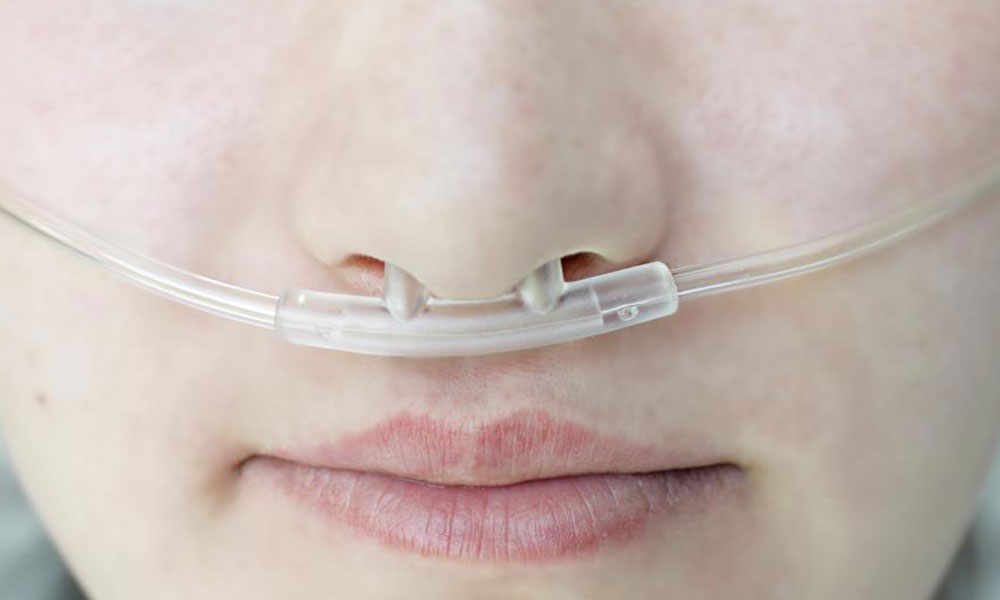Application of oxygen therapy for COPD
Oxygen therapy for COPD is more than 60-70 years old. In this long period, a vast amount of knowledge has been gained of both the advantages and dangers of the same. Newer ideas always spring and experiments and their evaluation is part of any scientific endeavor. Oxygen therapy is giving air enriched with oxygen to breath. One type is exertion induced COPD. Oxygen enriched air is to be breathed in only during the exercise.

Long-term oxygen treatment will improve the quality of life and also lifespan. One suffers less shortness of breath. It slows or even prevents Right Sided Heart Failure, which is the normal consequence of COPD.
Oxygen therapy for chronic COPD is resorted to after normal medical treatments for COPD have ceased to benefit the patient. There are different ways to introduce the oxygen. Oxygen concentrators, liquid oxygen devices, and the more conventional oxygen cylinders can all be used to augment the oxygen into the air that is breathed.
However, people who use oxygen therapy at home should be well aware of the dangers of oxygen. Even air enriched to seemingly low levels of 28% can cause conflagrations of unbelievable intensity. Any fuel will spontaneously catch fire in air that is of this level of enrichment. Portable systems even suitable for air travel are also available.
Studies have shown that long-term oxygen therapy (LTOT) improves one’s life quality as well as lifespan. Patients need to breathe the enriched air for at least 15 hours a day with as fewer interruptions as possible, and preferably continuously. The oxygen level in the blood is to be maintained in a narrow band of 88% to 92% saturation (titrated flow) against normal levels of 94% to 98%. To overcome the dangers of hypoxemia, the best thing to do is to use the pulse oximetry set to titrate oxygen delivery to achieve 88-92% saturation, a ‘venturi mask’ (or an air-entrainment mask) setting oxygen concentration to 25% to 28% concentration or in the absence of any of the above, a flow rate of oxygen by nasal prongs or catheter can be set 2 to 3 L/min.
Modern research has shown the better efficacy of delivering bronchodilator with a flow rate of 6L/min in acute exacerbation of COPD. The medical personnel should monitor the patient for complications of hypoxemia like carbon dioxide retention.




